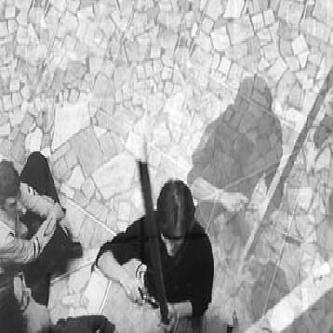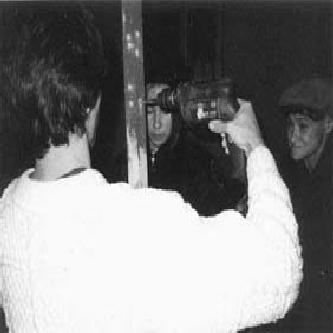Denis Romanovski
Minsk, Byelorussia
artist, curator
www
Denis Romanovski
Minsk, Byelorussia
artist, curator
www
Often, simplistic reactions (induced by the instinctive perception of events via a fetish) bury the very possibility for an event under their threadbare rags. Researchers and critics amass piles of wordless photographs and archive notes while appearing to be enigmatically reserved. This misunderstanding and closed-mindedness in contact with modern art has led to an impenetrable and exclusive situation, whereby modern art is created either for the archives, or immediately receives scandalous reviews. It is thus forced out of existence to become "entertainment" or commercial, and all such artworks turn out to be mere consequences of an event. I am not mistaken when I speak in such a way about all the arts. One should never say there is a crisis in art, for it is only a crisis of appraisals, circumspection and expectations - a crisis in the engaging game of artistic values, scientific basis, and significance - a crisis of the pronouns: it, they, we, you, and so on.
Performance is art stripped naked. It cannot be conserved through controversy or in museums. There is no such thing as a "work of performance" like works of music, art, or drama. It is useless to seek out its types and genres, since in itself it is neither a type, nor genre of art, yet it has the potential to encompass all the art media. Free from the bounds of form and means of expression, it is entirely directed towards contact, presence, and the event in its broadest possible connotations. It can utilise varying forms, convey different ideas, and address numerous contexts - all of which will only be various superficial signs of presence, contact, and outward signs of the event.
Even if one manages to catch these signs on a word-hook, they become cold and lifeless, like clothes discarded on a shore.
Anyway... an event can never go unnoticed.

For me it is important to create a space of parallel and crossed senses/expectations as a form for, letís say, multi-vector communication, where performer is only a part of event, which has beginning before action and prolonged after. That form is ideally empty until performance begins and ideally full after, both could be marked with wholeness. The hole of duration has permanent applying to the different levels of sensitivity, expectations, consciousness, etc. The appearance and disappearance of wholeness here comes with appearance and disappearance of objects, structures, people, feelings, meanings and so on. The play of words in a title has the same key-point. This title was also used for internet based project, which has no direct connection to this performance, but with idea in whole. Both seems to be different interpolations of each other in different realities.
